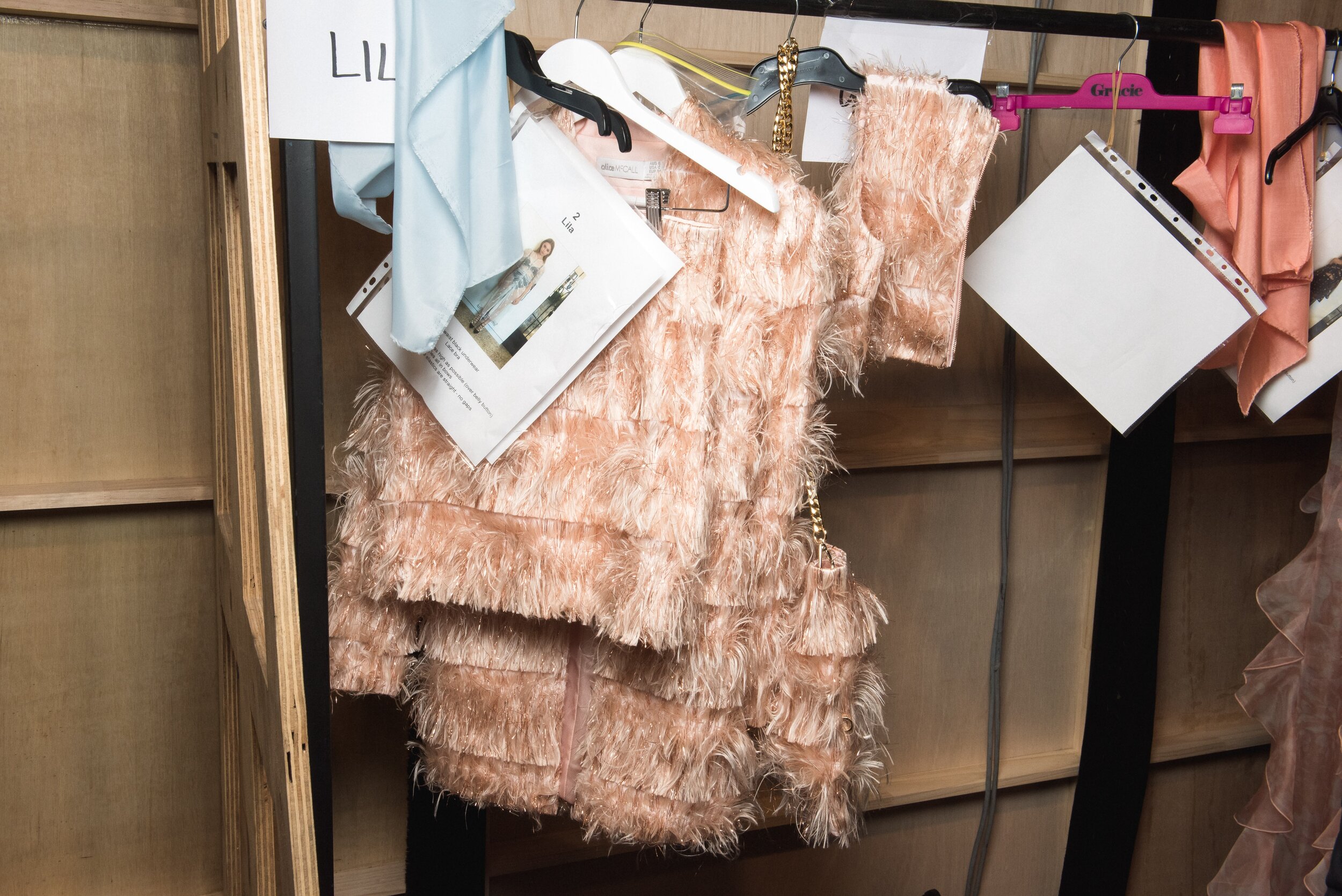Recruiting in style – what are the trends in executive search in the fashion industry?
We are in the middle of Fashion Week season. Press, buyers, photographers and stylists dive deep into the trends for the 2020/2021 Fall/Winter season. New York kicked off earlier this month, followed by London, and starting from 18th February all eyes will be on Milan. How does an industry that is so in tune with trends and the current pulse measure up in terms of trends in Executive Search and recruitment? And do you really need to look the part to be considered for a role? We ask the team at our partner office VIR HR / Kennedy Executive Milan.
Their office is about 20 minutes by metro from Via Monte Napoleone, the beating heart of Milan’s fashion industry. Big names like Prada, Gucci, BVLGARI and Louis Vuitton have shops here. But as with any shops, all that is on offer was designed, planned and produced by many before it made its way on the racks. And even then, numerous people are involved to market, advertise, style and sell them. No wonder the worldwide revenue of the sector in 2019 was close to 720.000 million dollars per year and is expected to rise with 8,4% each year. 300 million people are employed across the value chain of this top player in the world economy. The team at VIR HR / Kennedy Executive Milan help a variety of clients in fashion to find the best talent out there.
The fashion industry is all about trends. What are some of the trends you see in the skill sets required in the industry?
Daniela Colombo, Managing Partner at VIR HR / Kennedy Executive Milan: “We see a shift to more specific managerial and soft skills. In order to bring in more structure and a different mindset in the organization, the fashion industry is open to look for talent outside the fashion scene. We recently recruited candidates for several senior management roles with a track record in industries like automotive, FMCG, chemical industry for instance. They understand brands but have a much more structured way of working and thinking. Often, they are brought in to streamline the operation and making it more efficient. They introduce new methods and tolls for instance. For this they need to have a strong focus on processes and on change management. But as the fashion industry is very fast paced, they also need to be stress-resistant and willing to work in an environment that can be very demanding.”
It’s the fashion industry. Presumably, if you don’t look the part, you will not be hired in fashion?
Gloria Pugliese, HR Consultant at VIR: “Before, this might have been more true. Understandable in an industry that revolves around appearance and style. Still, it is very much innate to the sector that people have a certain flair or sense of style. And in a lot of cases, staff take great pride in working for the brands that employ them and in the way they dress become their ambassadors. This sometimes gives the industry the unjust reputation of being shallow. This is far from the truth though, as personal characteristics and social skills are extremely important. To be able to keep up with the fast-paced work environment it is crucial that candidates relate to, and collaborate with one another to achieve a common goal or meet tight and demanding deadlines. Teamwork is more important then looks.
It sounds like the industry is facing the same issues as all, or at least most, others. What about sustainability? In the 90’s, some of the big names started advocating a sustainable way of life and our role in the environment. However, many claimed it was more a pretty picture than a true shift in the paradigm. Today, the industry is still under quite a bit of scrutiny when it comes to how sustainable it is. Do you see any shifts the way the industry deals with this?
Laura Galli Senior HR Consultant in VIR HR: “When it comes to sustainability and circular thinking, the industry is always looking for ways to innovate and contribute. In recent years, textile scraps like waste from the production facilities, swatches or unsold items are collected to be reused in all sorts of means. Filters in air conditioners or kitchen extractor fans can be made with these for instance. Likewise, when shredded, they are a great alternative for feather stuffing. And it was the fashion industry that first embraced the new type of wool spun from melted plastic bottles. But sustainability is more than that. It also covers social issues like gender equality. In that respect the industry is actually leaving many industries far behind. At Gucci for example, almost 60% of senior managers are women.”
Gloria Pugliese: “To keep up with these social and sustainable trends, a new skill set for talent looking to work in the industry is required. The new generation trained in fashion will have gone through an entirely different curriculum than their senior peers. Apart from the traditional fashion related topics and skills, they will have studied social sciences, circular economics as well as science of materials. This means their chemical knowledge and their understanding of societal structures tend to be more advanced. And they should be. Where earlier sustainability and social responsibility were not as important for the end consumer, they can now be a deal breaker. Talent working in the industry needs to act on these trends just as fast as they do on trends in style, colors or materials. Passion, style and a willingness to work hard and long hours are not enough anymore to make it in the fashion industry.”

